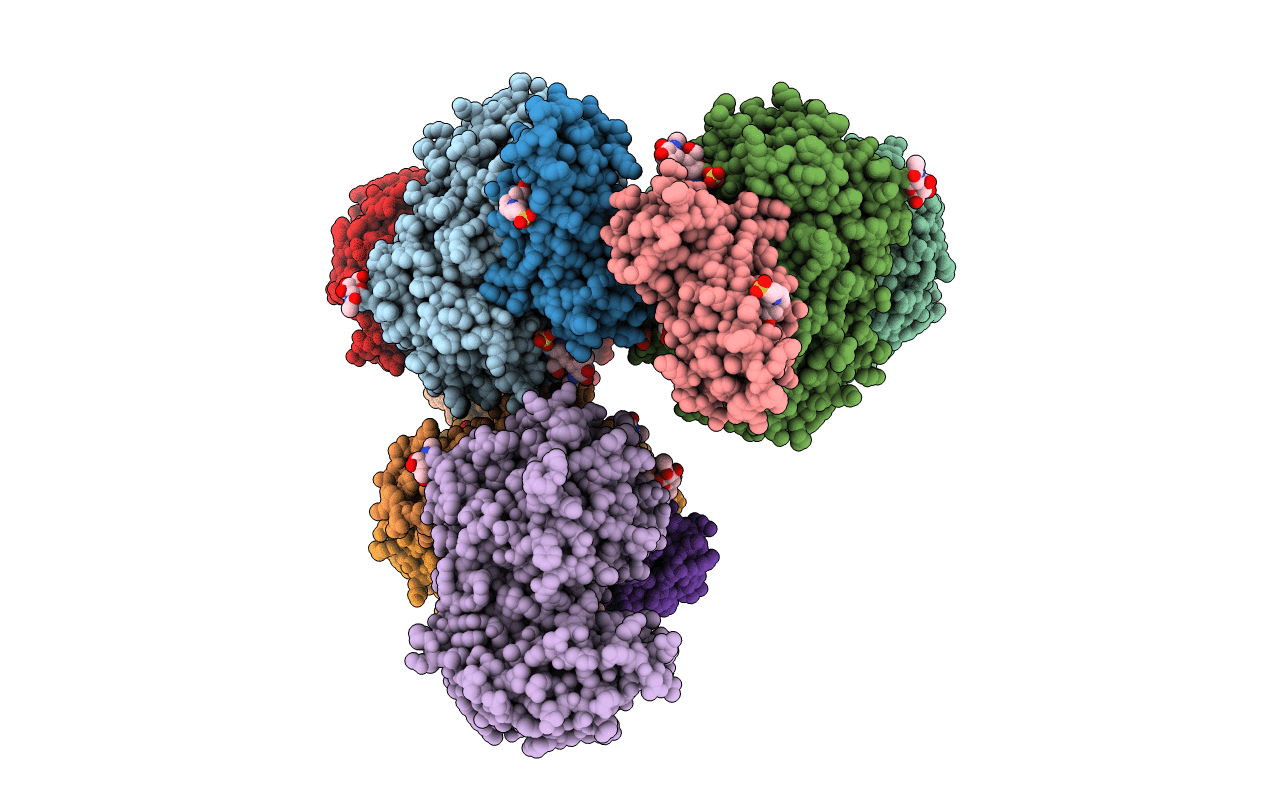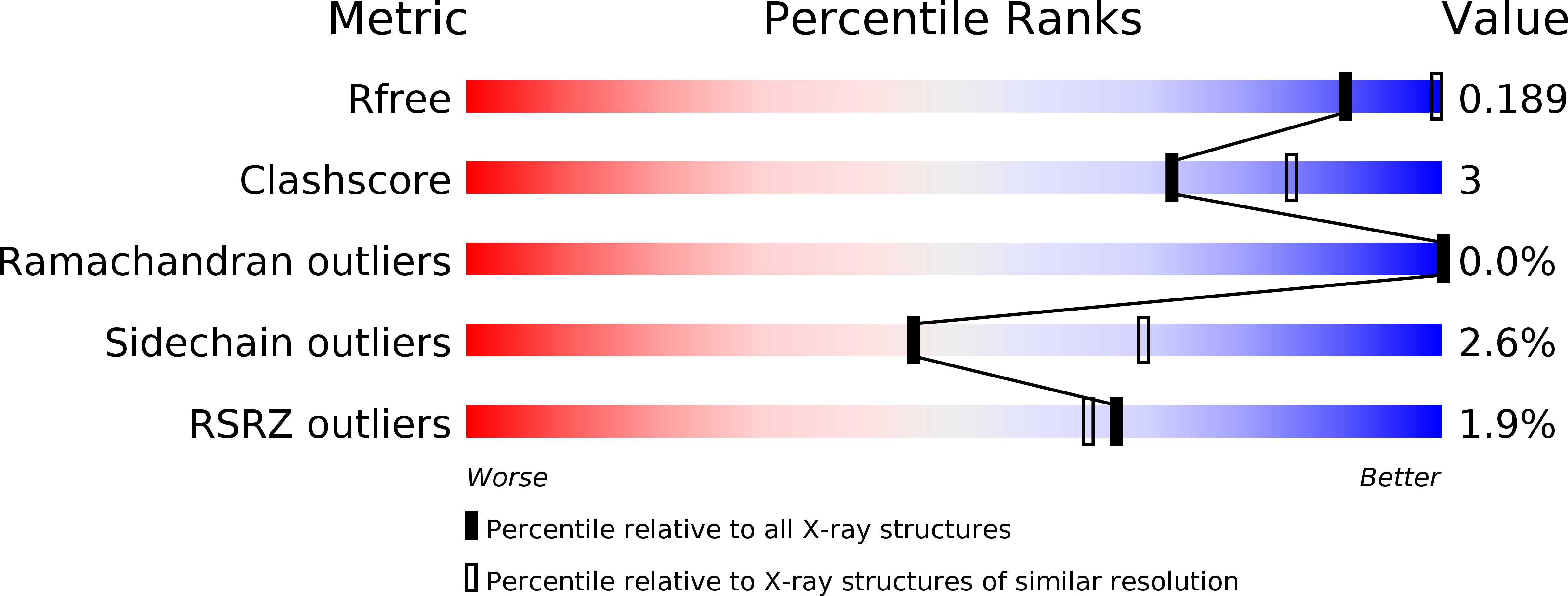
Deposition Date
2010-09-07
Release Date
2010-10-06
Last Version Date
2024-11-20
Entry Detail
PDB ID:
2XQR
Keywords:
Title:
Crystal structure of plant cell wall invertase in complex with a specific protein inhibitor
Biological Source:
Source Organism:
ARABIDOPSIS THALIANA (Taxon ID: 3702)
NICOTIANA TABACUM (Taxon ID: 4097)
NICOTIANA TABACUM (Taxon ID: 4097)
Host Organism:
Method Details:
Experimental Method:
Resolution:
2.58 Å
R-Value Free:
0.21
R-Value Work:
0.18
R-Value Observed:
0.18
Space Group:
P 3


